On the morning of October 7, in Hanoi, the Agriculture and Environment Newspaper coordinated with the Department of Animal Husbandry and Veterinary Medicine ( Ministry of Agriculture and Environment ) and the Hanoi Department of Agriculture and Environment to organize the Forum "Solutions to reduce livestock costs, stabilize the supply of domestic and export meat products".
As the agency assigned by the Ministry of Agriculture and Environment to organize the forum, Mr. Le Trong Dam - Deputy Editor-in-Chief of Agriculture and Environment Newspaper, also emphasized that the livestock industry is still facing many difficulties related to output prices, directly affecting the competitiveness and economic efficiency of livestock farmers.
The reason pointed out by Mr. Dam is mainly due to the sharp increase in input costs, especially animal feed - a factor that accounts for 65 - 70% of total livestock costs. Compared to other countries in the region, especially compared to the world , the cost of livestock products in Vietnam is often higher, reducing competitiveness, indirectly promoting imported foreign meat products into our market.
In addition, the quality of breeding stock, production methods, management efficiency, and livestock management still have many problems, especially in the fragmented and small-scale production structure. Most households have not yet reached medium and large-scale livestock farming, and have not effectively applied technology in management, feed mixing, or waste treatment.
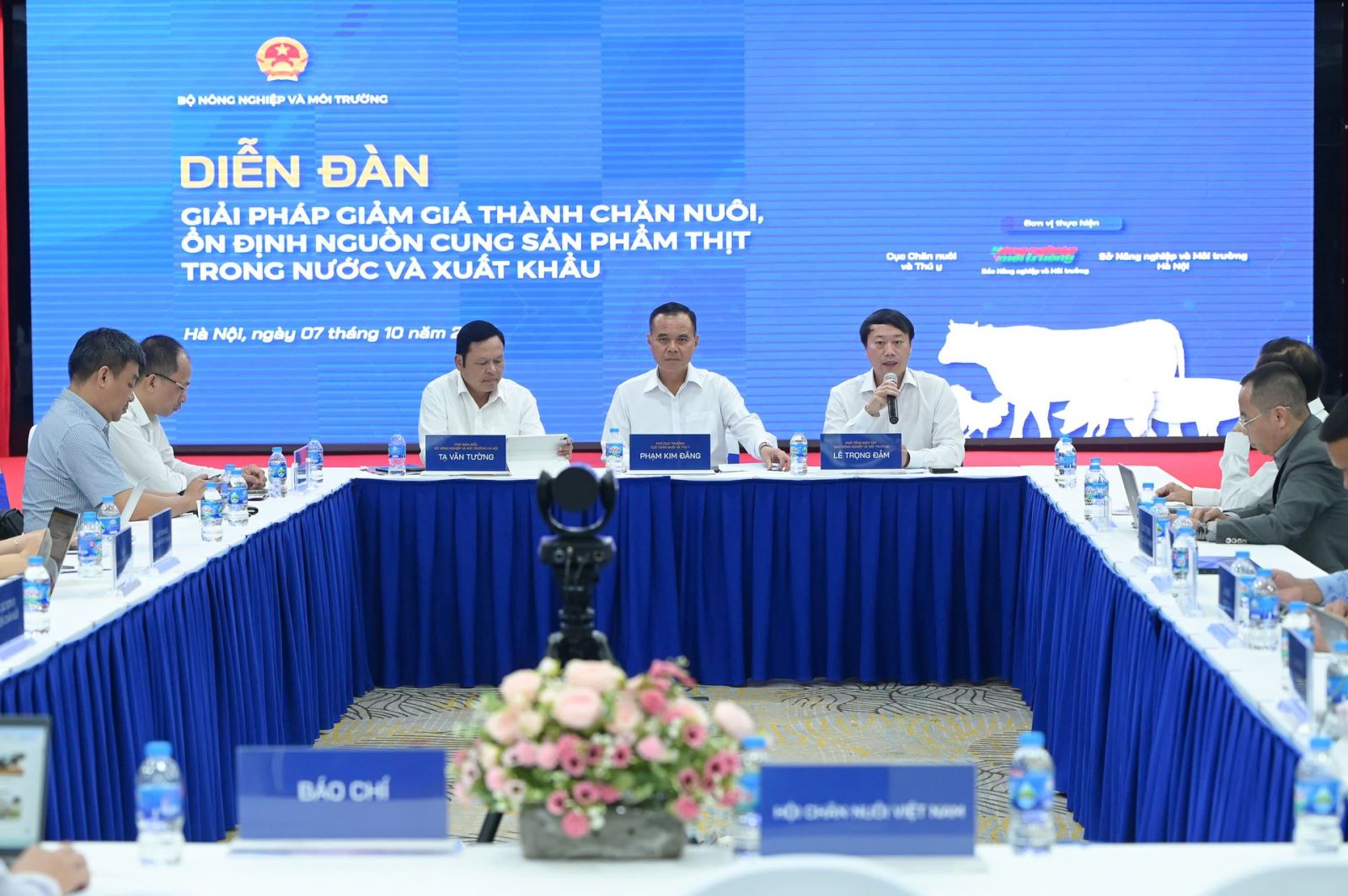
In particular, the lack of chain linkage in production and consumption makes the value of the livestock industry unstable and its resilience poor. Not to mention, the increasingly high requirements for quarantine, environmental sanitation, and biosafety, although necessary, also contribute to increased costs, especially for small-scale livestock households.
Mr. Do Van Hoan, Deputy Head of the Animal Breeding Department, Department of Animal Husbandry and Veterinary Medicine (Ministry of Agriculture and Environment), said that in recent years, the Vietnamese livestock industry has proactively approached and applied advanced technologies, especially biotechnology and 4.0 technology, to improve the efficiency of production and management of livestock breeds. Thanks to promoting research, selection and application of biotechnology, the Vietnamese livestock industry has achieved many outstanding achievements in developing livestock breeds. The work of preserving, maintaining and developing indigenous livestock genetic resources has also continued to be promoted, contributing to improving the quality of domestic livestock breeds.
However, Mr. Hoan also pointed out the fact that most of the steps of selecting, multiplying, producing and managing livestock breeds in the country still rely on traditional methods, lacking a system of management and sharing of information and data on breeds in a synchronous manner. The application of high technology in evaluating breed values and selecting breeds and lines is still very limited.
If the supply is unstable, prices will fluctuate, causing significant inflationary pressure and affecting the lives of the majority of people. If livestock farmers massively re-herd, do not control costs well, high production costs will no longer be profitable, even incur losses. Therefore, reducing livestock costs along with re-herding livestock are two tasks that always go hand in hand at this time. A food market with adequate supply and stable prices is also the desire of consumers during Tet.
Mr. Do Van Hoan, Deputy Head of the Animal Breeding Department, Department of Animal Husbandry and Veterinary Medicine, said that this unit plans to promote the application of gene technology in breeding to shorten the time, improve efficiency and promote genetic progress. On that basis, the specialized agency will breed breeds to meet the needs of three market segments, including: high-yield breeds, high-quality breeds and breeds that are both productive and of guaranteed quality.
“The Department of Animal Husbandry and Veterinary Medicine also focuses on restoring, exploiting and developing indigenous livestock breeds with high economic value, contributing to the conservation of valuable genetic resources and increasing income for livestock breeders,” Mr. Hoan added.
In addition, in the coming period, the livestock industry also aims to build a national livestock breed bank and perfect policies to promote the progress of large-scale new breed production projects. Accordingly, in addition to prioritizing and encouraging the application of core technology, biotechnology and pyramid-shaped breed management models, the industry also promotes support for potential breed production enterprises.
Mr. Ta Van Tuong, Deputy Director of the Hanoi Department of Agriculture and Environment, emphasized that finding solutions to reduce livestock costs, stabilize meat supply and increase product value is not only the desire of the agricultural sector, but also the goal of contributing to improving people's material life.
In Hanoi alone, Mr. Tuong said there are currently about 188,600 hectares of agricultural land, accounting for 56.34% of the total natural area, with more than 6,750 livestock farms (including 94 large-scale farms, 1,735 medium-sized farms and more than 4,900 small farms). The city is aiming to develop quality breeds while reducing livestock density to meet the consumption needs of the capital and neighboring provinces.
Representatives of the Hanoi Department of Agriculture and Environment also proposed the formation of a food supply chain from farms to collective kitchens, linked to cooperative models and household-scale farms, thereby promoting professional production and expanding the consumption market.
Hanoi City also encourages the development of family business models towards becoming large-scale livestock and processing corporations, ensuring food safety, meeting the increasing demands of the domestic and export markets.
Source: https://baotintuc.vn/kinh-te/chia-khoa-giam-gia-thanh-chan-nuoi-on-dinh-nguon-cung-thit-20251007120858247.htm




![[Photo] Super harvest moon shines brightly on Mid-Autumn Festival night around the world](https://vphoto.vietnam.vn/thumb/1200x675/vietnam/resource/IMAGE/2025/10/07/1759816565798_1759814567021-jpg.webp)



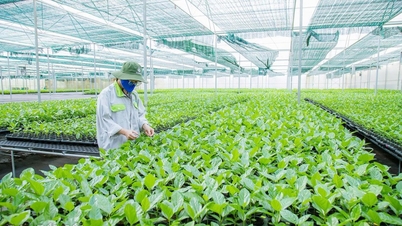

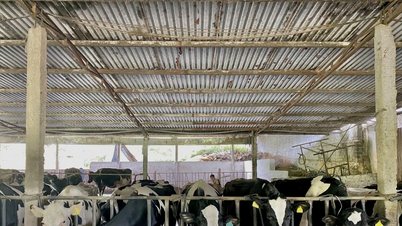

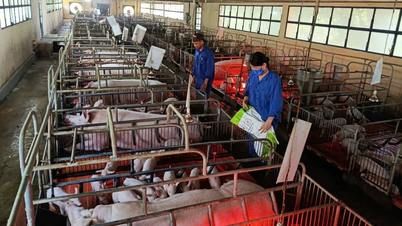

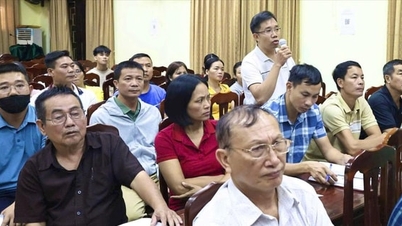




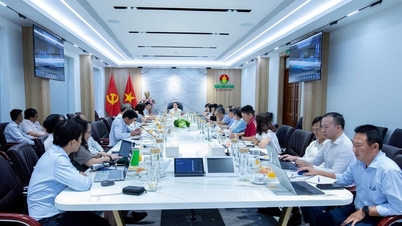
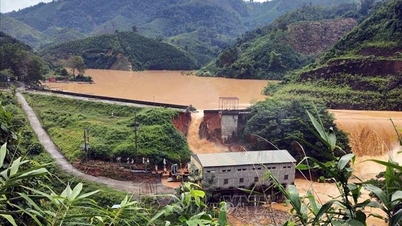
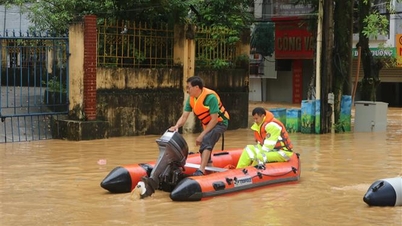


































































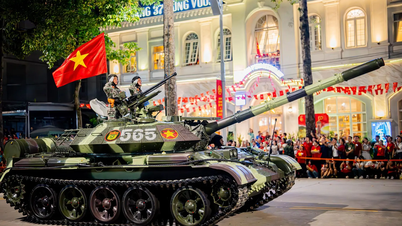


















Comment (0)